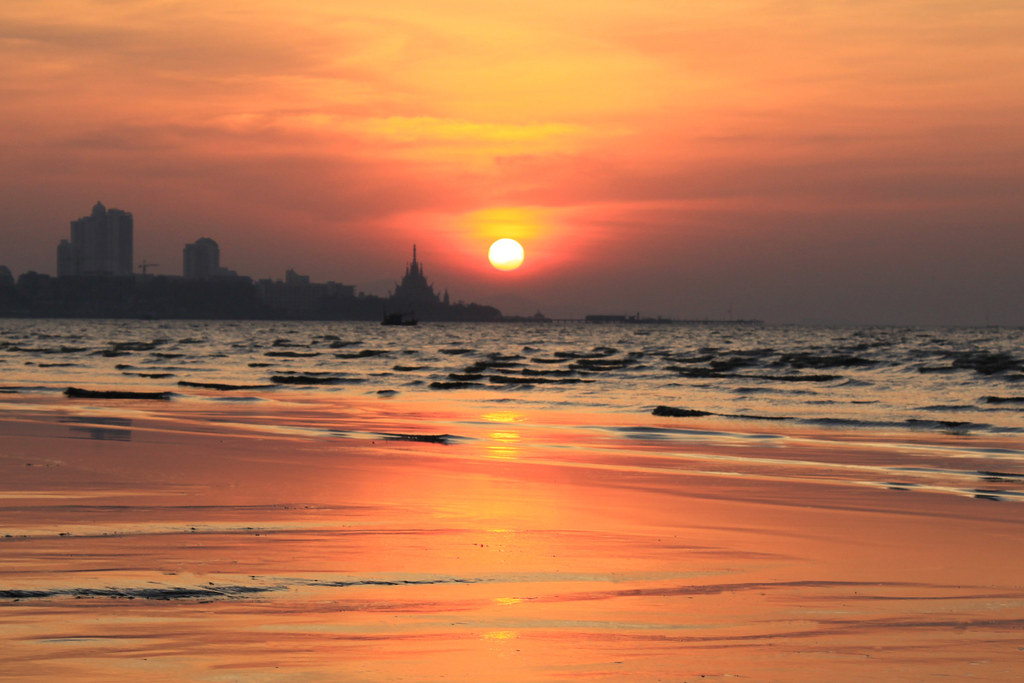
Thailand officially the Kingdom of Thailand formerly known, as Siam's a country at the centre of the Indochina peninsula in Southeast Asia. It is bordered to the north by Burma and Laos, to the east by Laos and Cambodia, to the south by the Gulf of Thailand and Malaysia, and to the west by the Andaman Sea and the southern extremity of Burma. Its maritime boundaries include Vietnam in the Gulf of Thailand to the southeast, and Indonesia and India on the Andaman Sea to the southwest.
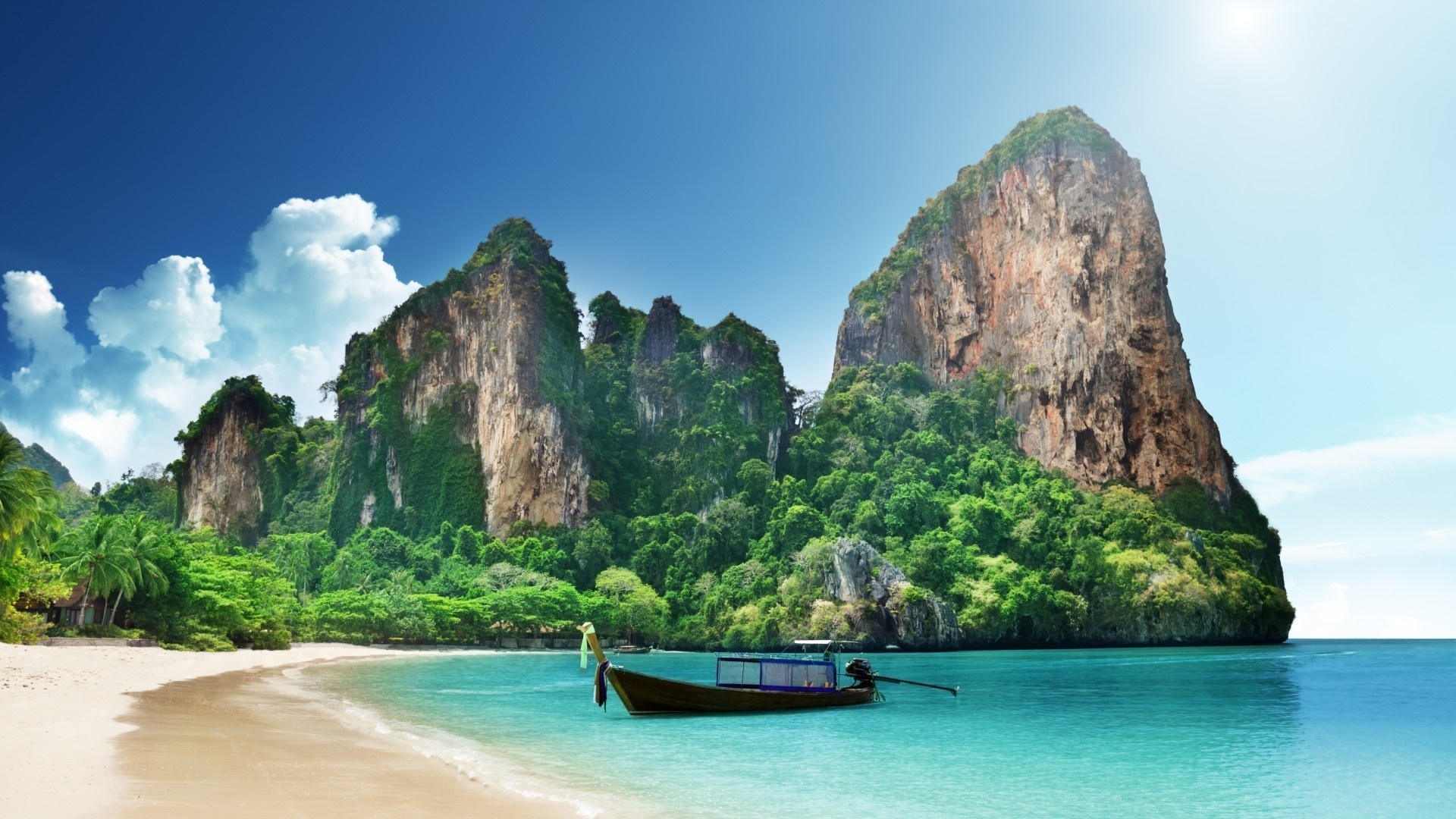
Thailand is a monarchy headed by King Bhumibol Adulyadej, Rama IX and governed by a military junta that took power in May 2014. The king is the ninth of the House of Chakri, and has reigned since 1946 as the world's longest-serving current head of state and the country's longest-reigning monarch. The King of Thailand's titles include Head of State, Head of the Armed Forces, Adherent of Buddhism, and Upholder of religions. Although a constitutional system was established in 1932, the monarchy and military have continued to intervene periodically in politics.

With a total area of approximately 513,000 km2 (198,000 sq mi), Thailand is the world's 51st-largest country. It is slightly smaller than Yemen and slightly larger than Spain. It is the 21st-most-populous country in the world, with around 65 million people. The capital and largest city is Bangkok, which is Thailand's political, commercial, industrial, and cultural hub. About 75–95% of the population is ethnically Tai, which includes four major regional groups: Central Thai (Khon Pak Klang): 30%; Northeastern Thai (Khon [Lao] Isan): 22%, Northern Thai (Khon Lanna): 9%; and Southern Thai (Khon Tai): 7%. Thai Chinese, those of significant Chinese heritage, are 14% of the population, while Thais with partial Chinese ancestry comprise up to 40% of the population. Thai Malays represent 3% of the population, with the remainder consisting of Mons, Khmers and various "hill tribes". The country's official language is Thai and the primary religion is Buddhism, which is practiced by around 95% of the population.

Thailand experienced rapid economic growth between 1985 and 1996, becoming a newly industrialized country and a major exporter. Manufacturing, agriculture, and tourism are leading sectors of the economy. Among the ten ASEAN countries, Thailand ranked second in the best quality of life in ASEAN. Its large population and growing economic influence have made it a middle power in the region and around the world.
CLIMATE
The local climate is tropical and characterized by monsoons. There is a rainy, warm, and cloudy southwest monsoon from mid-May to September, as well as a dry, cool northeast monsoon from November to mid-March. The southern isthmus is always hot and humid. This article incorporates public domain material from websites or documents of the CIA World Factbook.
LANGUAGE
The official language of Thailand is Thai, a Tai–Kadai language closely related to Lao, Shan in Burma, and numerous smaller languages spoken in an arc from Hainan and Yunnan south to the Chinese border. It is the principal language of education and government and spoken throughout the country. The standard is based on the dialect of the central Thai people, and it is written in the Thai alphabet, an abugida script that evolved from the Khmer script. Several other dialects exist, and coincide with the regional designations. Southern Thai is spoken in the southern provinces, and Northern Thai is spoken in the provinces that were formerly part of the independent kingdom of Lannathai.
Thailand is also host to several other minority languages, the largest of which is the Lao dialect of Isan spoken in the northeastern provinces. Although sometimes considered a Thai dialect, it is a Lao dialect, and the region in where it is traditionally spoken was historically part of the Lao kingdom of Lan Xang. In the far south, Yawi, a dialect of Malay, is the primary language of the Malay Muslims. Varieties of Chinese are also spoken by the large Chinese population, with Teochew being best represented.
Numerous tribal languages are also spoken, including those belonging to the Mon–Khmer family, such as Mon, Khmer, Viet, Mlabri and Orang Asli; Austronesian family, such as Cham and Moken; Sino-Tibetan family such as Lawa, Akhan, and Karen; and other Tai languages such as Nyaw, Phu Thai, and Saek. Hmong is a member of the Hmong–Mien languages, which is now regarded as a language family of its own.
English is a mandatory school subject, but the number of fluent speakers remains very low, especially outside cities.
RELIGION
Thailand's prevalent religion is Theravada Buddhism, which is an integral part of Thai identity and culture. Active participation in Buddhism is among the highest in the world; according to the last census (2000), 94.6% of the country's population self-identified as Buddhists of the Theravada tradition. Muslims are the second largest religious group in Thailand, comprising 4.6% of the population. Islam is concentrated mostly in the country's southernmost provinces: Pattani, Yala, Satun, Narathiwat and part of Songkhla Chumphon, which are predominantly Malay, most of whom are Sunni Muslims. Christians represent 0.7% of the population, with the remaining population consisting of Sikhs and Hindus, who live mostly in the country's cities. There is also a small but historically significant Jewish community in Thailand dating back to the 17th century.
CULTURE
Thai culture has been shaped by many influences, including Indian, Lao, Burmese, Cambodian, and Chinese.
Its traditions incorporate a great deal of influence from India, China, Cambodia, and the rest of Southeast Asia. Thailand's national religion, Theravada Buddhism, is central to modern Thai identity. Thai Buddhism has evolved over time to include many regional beliefs originating from Hinduism, animism, as well as ancestor worship. The official calendar in Thailand is based on the Eastern version of the Buddhist Era (BE), which is 543 years ahead of the Gregorian (Western) calendar. Thus the year 2014 is 2557 BE in Thailand.
Several different ethnic groups, many of which are marginalized, populate Thailand. Some of these groups spill over into Burma, Laos, Cambodia, and Malaysia and have mediated change between their traditional local culture, national Thai, and global cultural influences. Overseas Chinese also form a significant part of Thai society, particularly in and around Bangkok. Their successful integration into Thai society has allowed for this group to hold positions of economic and political power. Thai Chinese businesses prosper as part of the larger bamboo network, a network of overseas Chinese businesses operating in the markets of Southeast Asia that share common family and cultural ties.
The traditional Thai greeting, the wai, is generally offered first by the younger of the two people meeting, with their hands pressed together, fingertips pointing upwards as the head is bowed to touch face to fingertips, usually coinciding with the spoken word "sawasdee khrap" for male speakers, and "sawasdee ka" for females. The elder may then respond in the same way. Social status and position, such as in government, will also have an influence on who performs the wai first. For example, although one may be considerably older than a provincial governor, when meeting it is usually the visitor who pays respect first. When children leave to go to school, they are taught to wai their parents to indicate their respect. The wai is a sign of respect and reverence for another, similar to the namaste greeting of India and Nepal.
As with other Asian cultures, respect towards ancestors is an essential part of Thai spiritual practice. Thais have a strong sense of hospitality and generosity, but also a strong sense of social hierarchy. Seniority is paramount in Thai culture. Elders have by tradition ruled in family decisions or ceremonies. Older siblings have duties to younger ones.
Taboos in Thailand include touching someone's head or pointing with the feet, as the head is considered the most sacred and the foot the lowest part of the body.
CUISINE
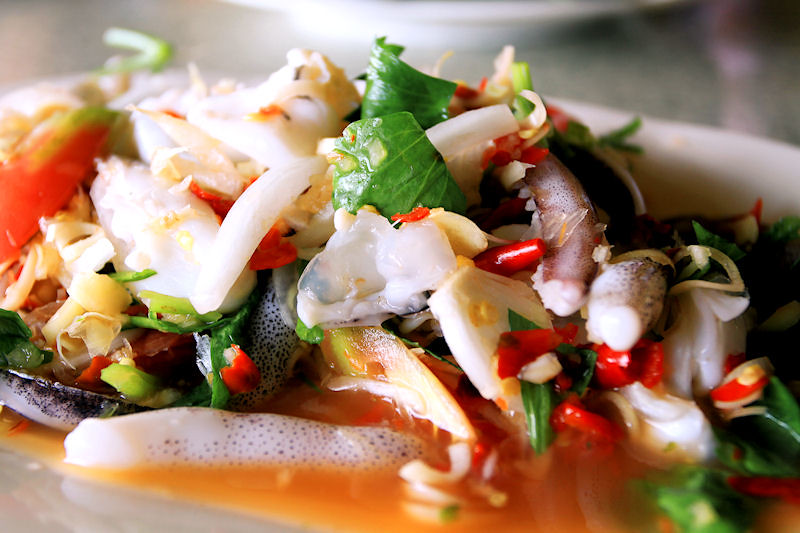
Thai cuisine blends five fundamental tastes: sweet, spicy, sour, bitter, and salty. Some common ingredients used in Thai cuisine include garlic, chilies, lime juice, lemon grass, and fish sauce. The staple food in Thailand is rice, particularly jasmine variety rice (also known as "hom mali" rice) which is included at almost every meal. Thailand was long the world's largest exporter of rice, and Thais domestically consume over 100 kg of milled rice per person per year. Over 5,000 varieties of rice from Thailand are preserved in the rice gene bank of the International Rice Research Institute (IRRI), based in the Philippines. The king of Thailand is the official patron of IRRI.
CITIES
• Bangkok — Thailand's bustling, frenetic capital, known among the Thai as Krung Thep

• Ayutthaya — a historical city, UNESCO World Heritage Site and old capital of Siam

• Chiang Mai — de facto capital of Northern Thailand and the heart of Lanna culture
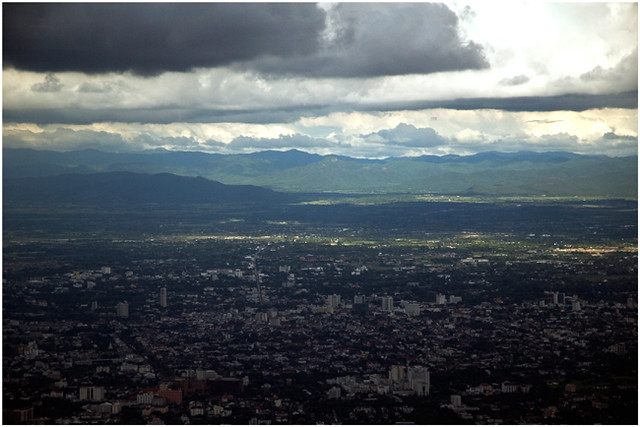
• Chiang Rai — gateway to the Golden Triangle, ethnic minorities and mountain trekkings.
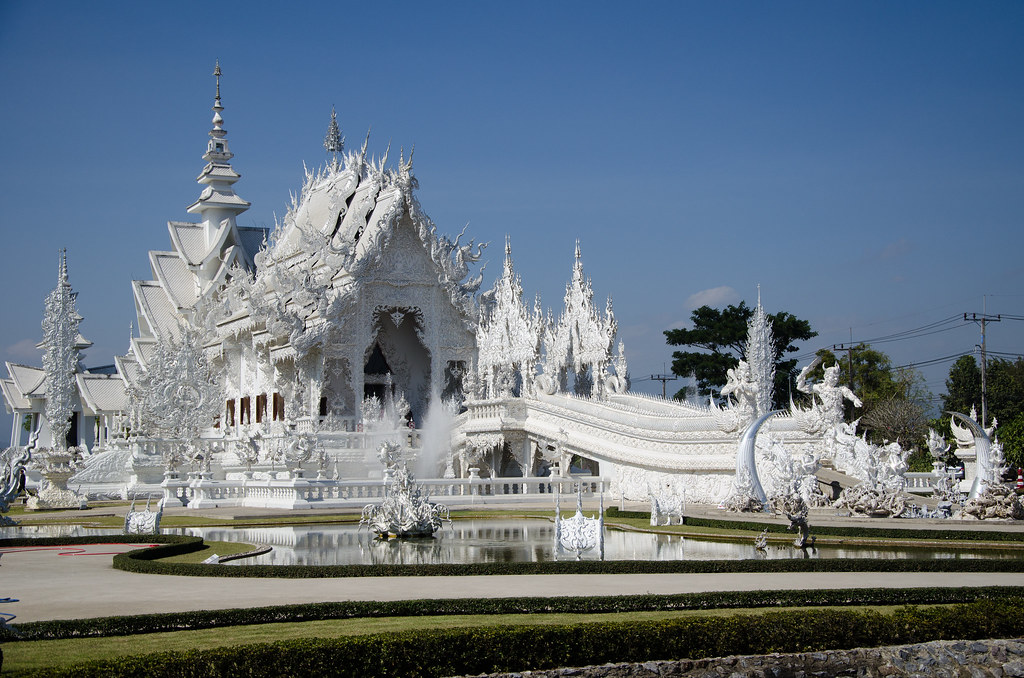
• Kanchanaburi — home of the bridge over the River Kwai and numerous World War II museums

• Nakhon Ratchasima — largest city of the Isaan region

• Pattaya — one of the main tourist destinations, known for its nightlife

• Sukhothai — Thailand's first capital, with amazing ruins still

• Surat Thani — home of the Srivijaya Empire, gateway to the Samui archipelago

OTHER DESTINATIONS
• Koh Chang — once a quiet island, now undergoing major tourism development

• Koh Lipe — small island in the middle of Tarutao National Park, amazingly unspoiled with great reefs and beaches

• Koh Phangan — site of the famous Full Moon Party with miles of quiet coastline

• Ko Samet — the nearest island beach escape from Bangkok
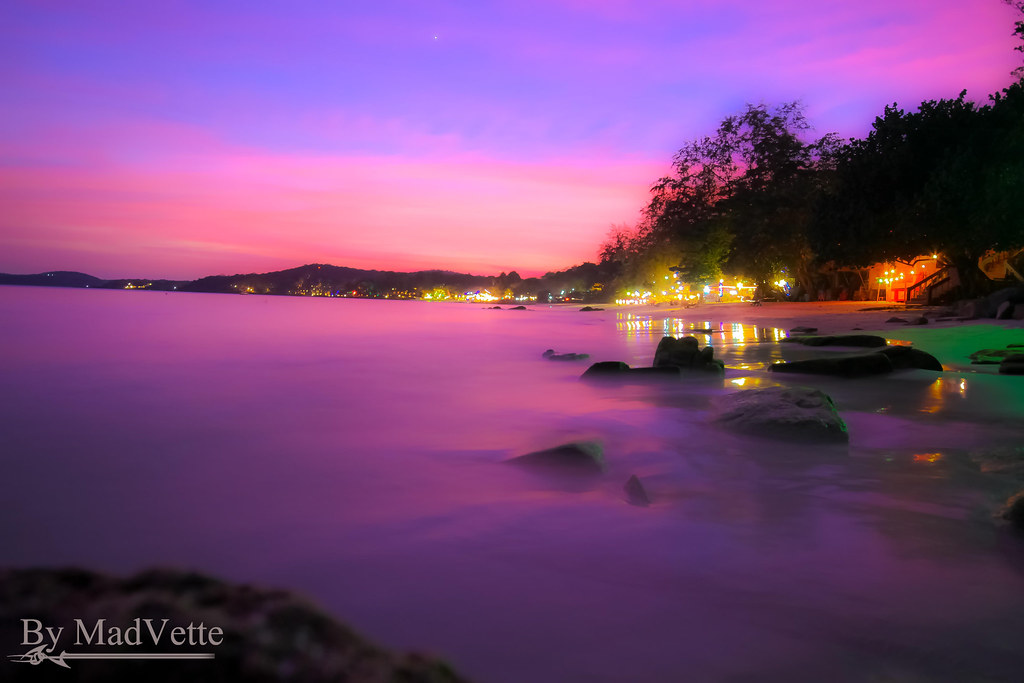
• Ko Samui — comfortable, nature, and entertainment hippie hangout gone upmarket
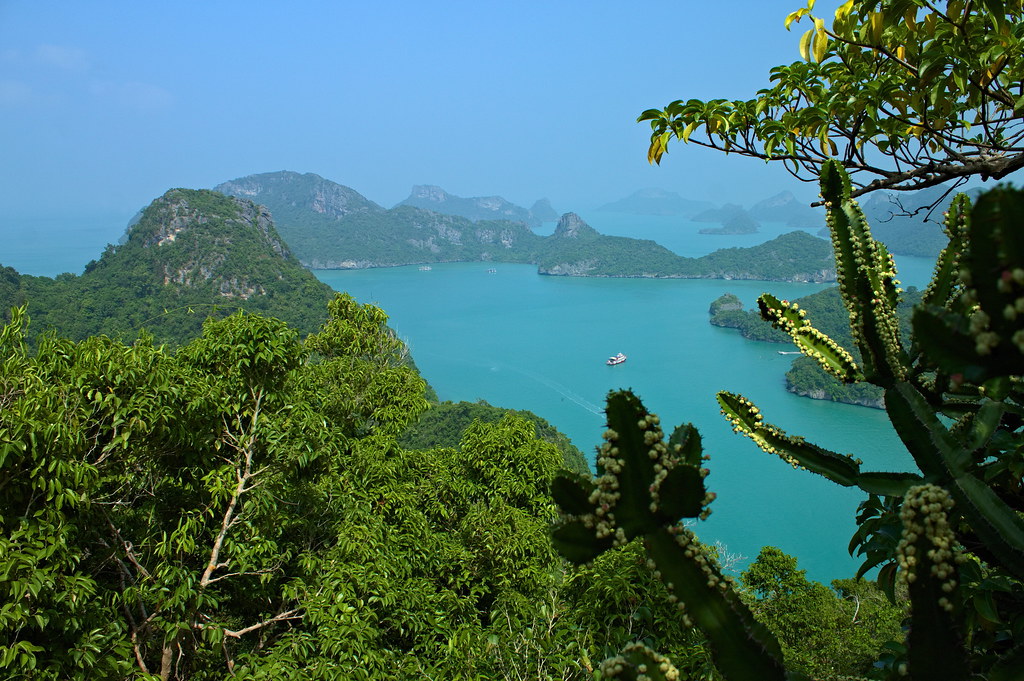
• Khao Lak — gateway to the Similan Islands, hard hit by the 2004 tsunami, but vibrant once more
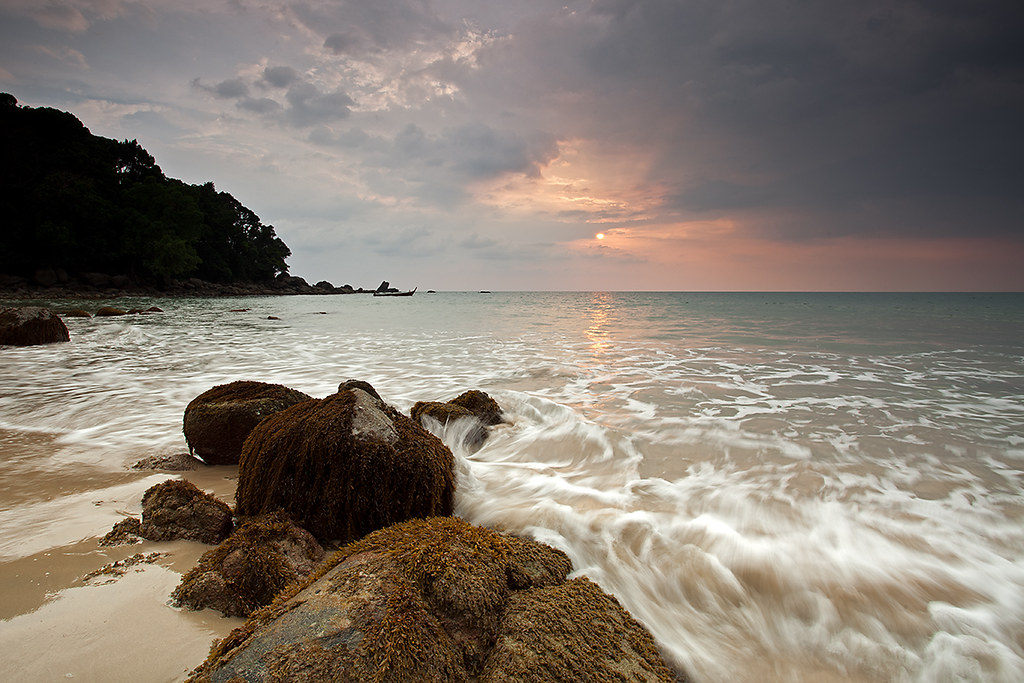
• Khao Sok National Park — one of the most beautiful wildlife reserves in Thailand
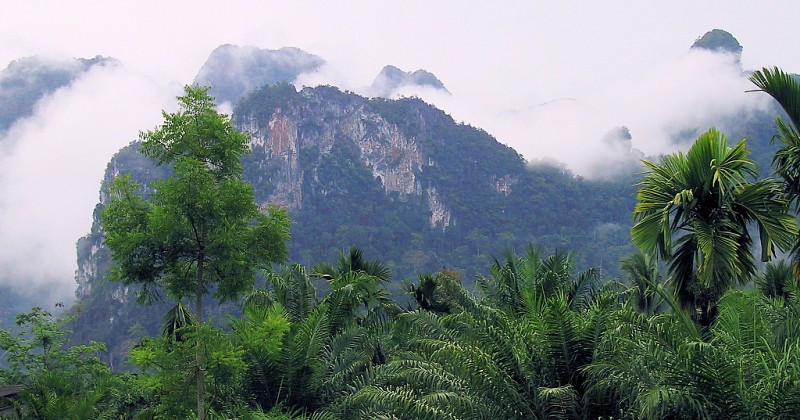
• Khao Yai National Park — take a night time 4x4 safari spotting deer or visit the spectacular waterfalls
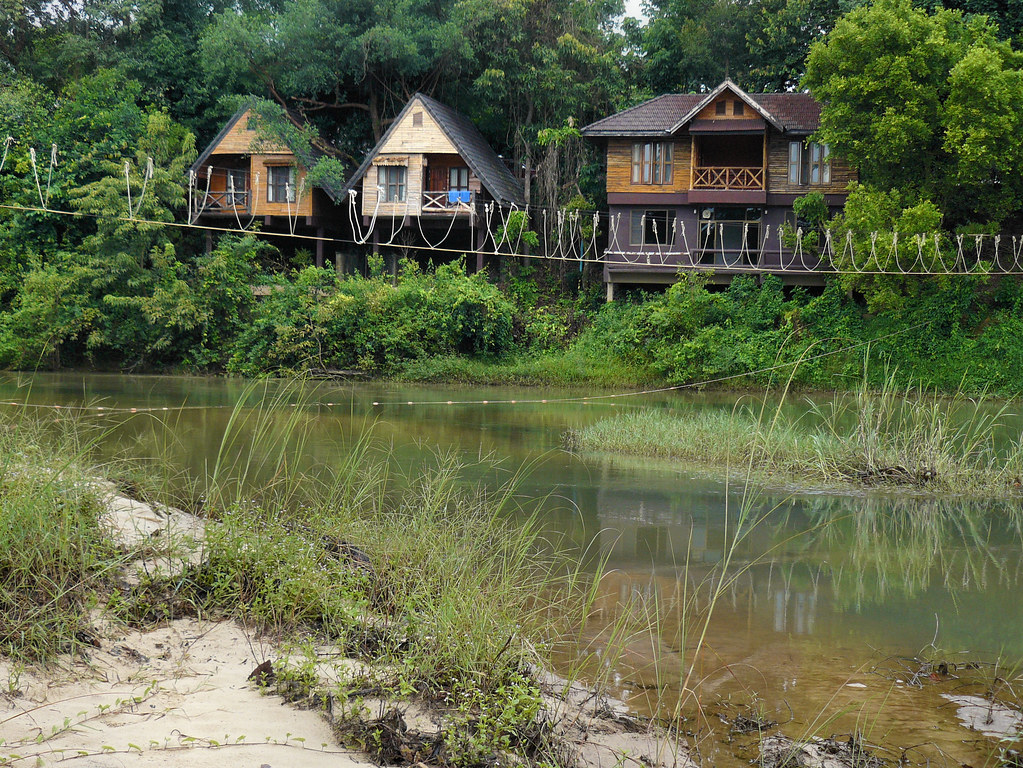
• Krabi Province — beach and watersports hub in the south, includes Ao Nang, Rai Leh, Ko Phi Phi and Ko Lanta
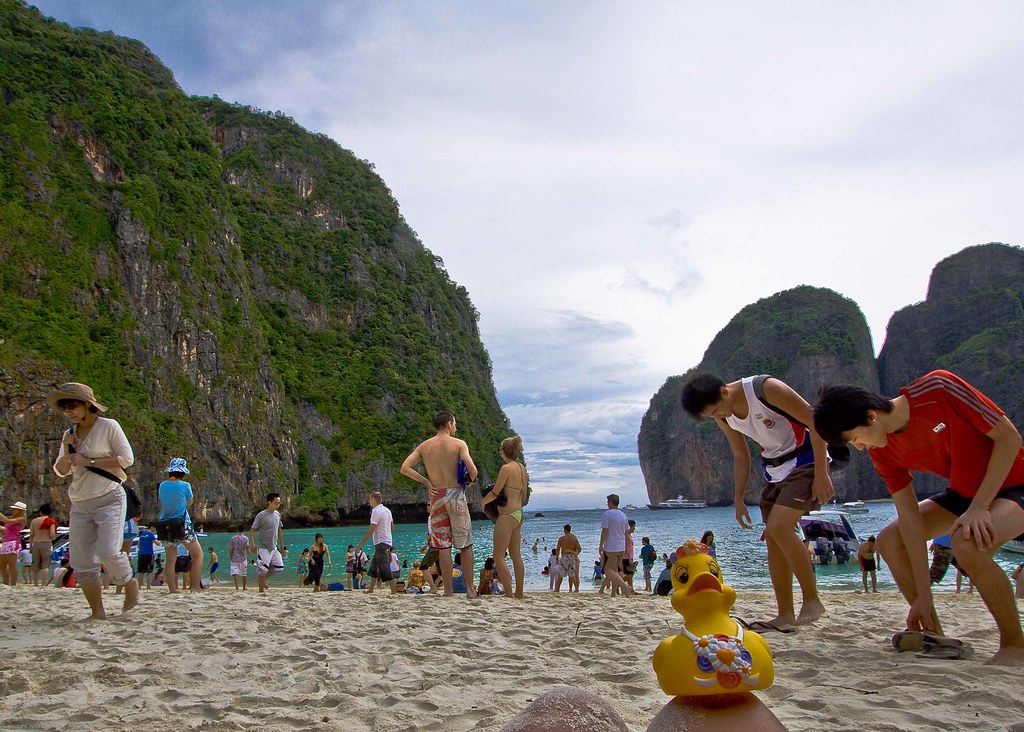
• Phuket — the original Thai paradise island, now very developed, but still with some beautiful beaches
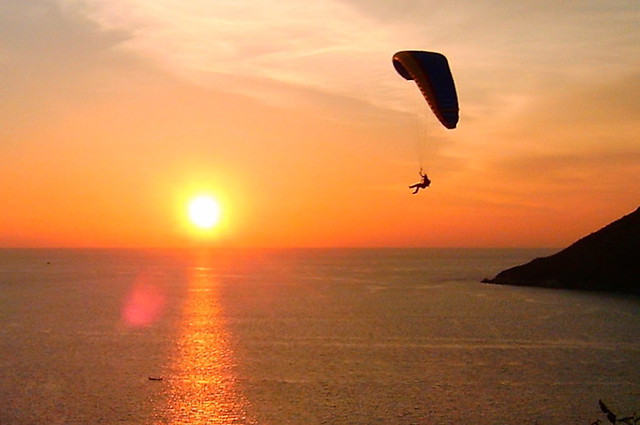
• Khon Kaen — in the heart of Esaan (Isan) known for their silk and dinosaur sites.
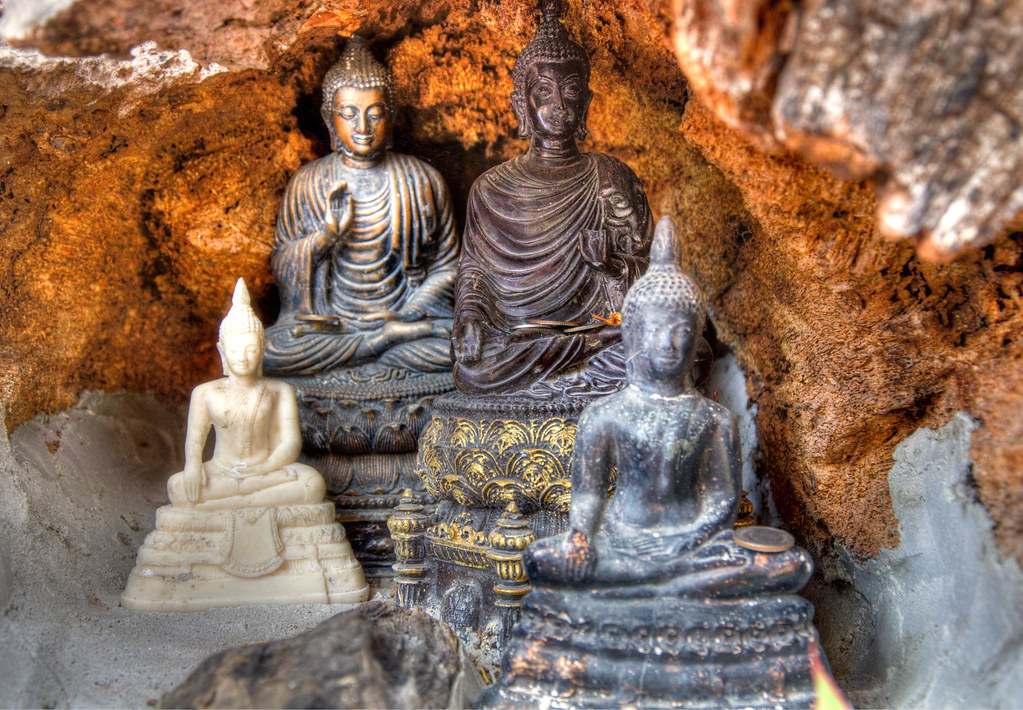
0 nhận xét:
Đăng nhận xét